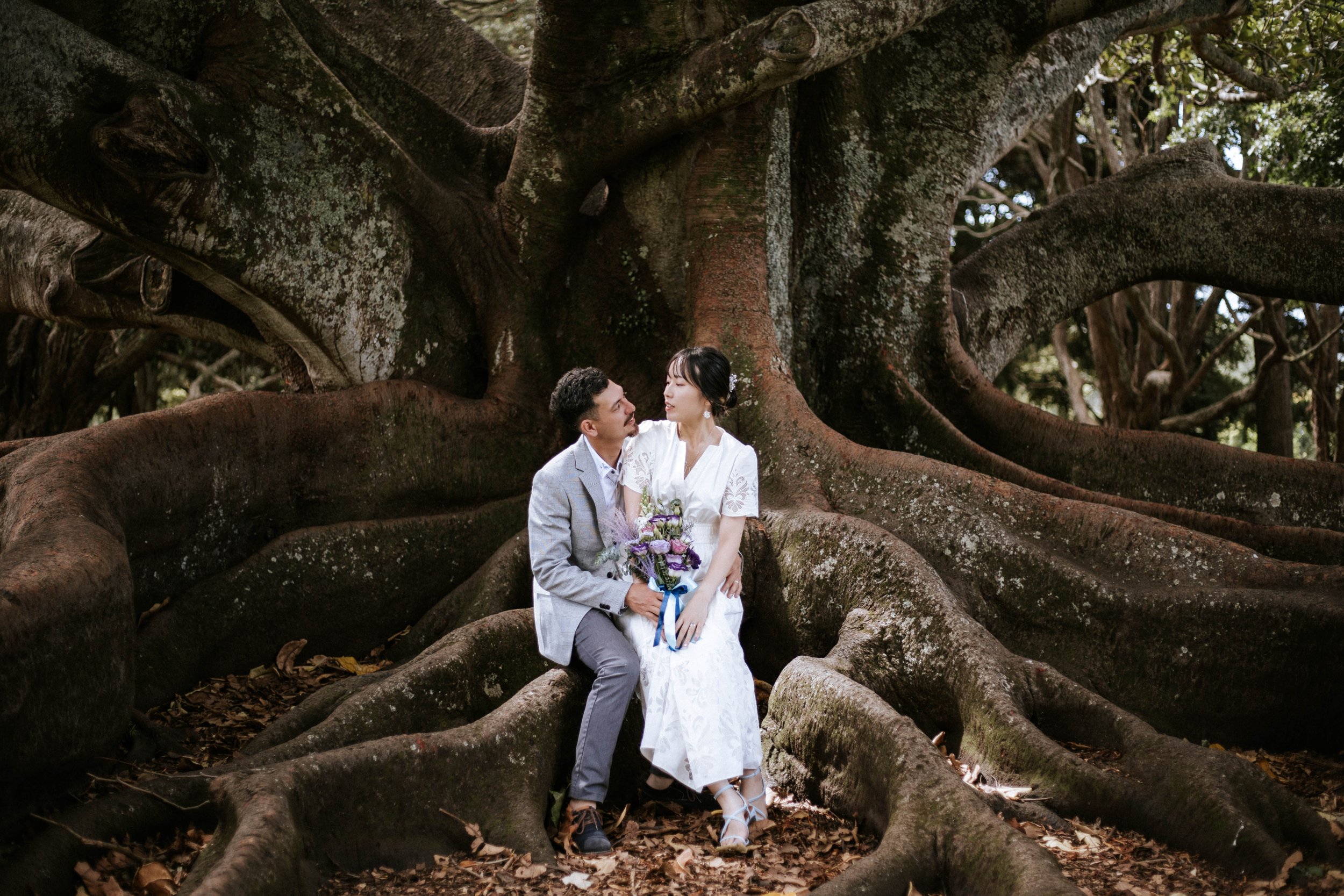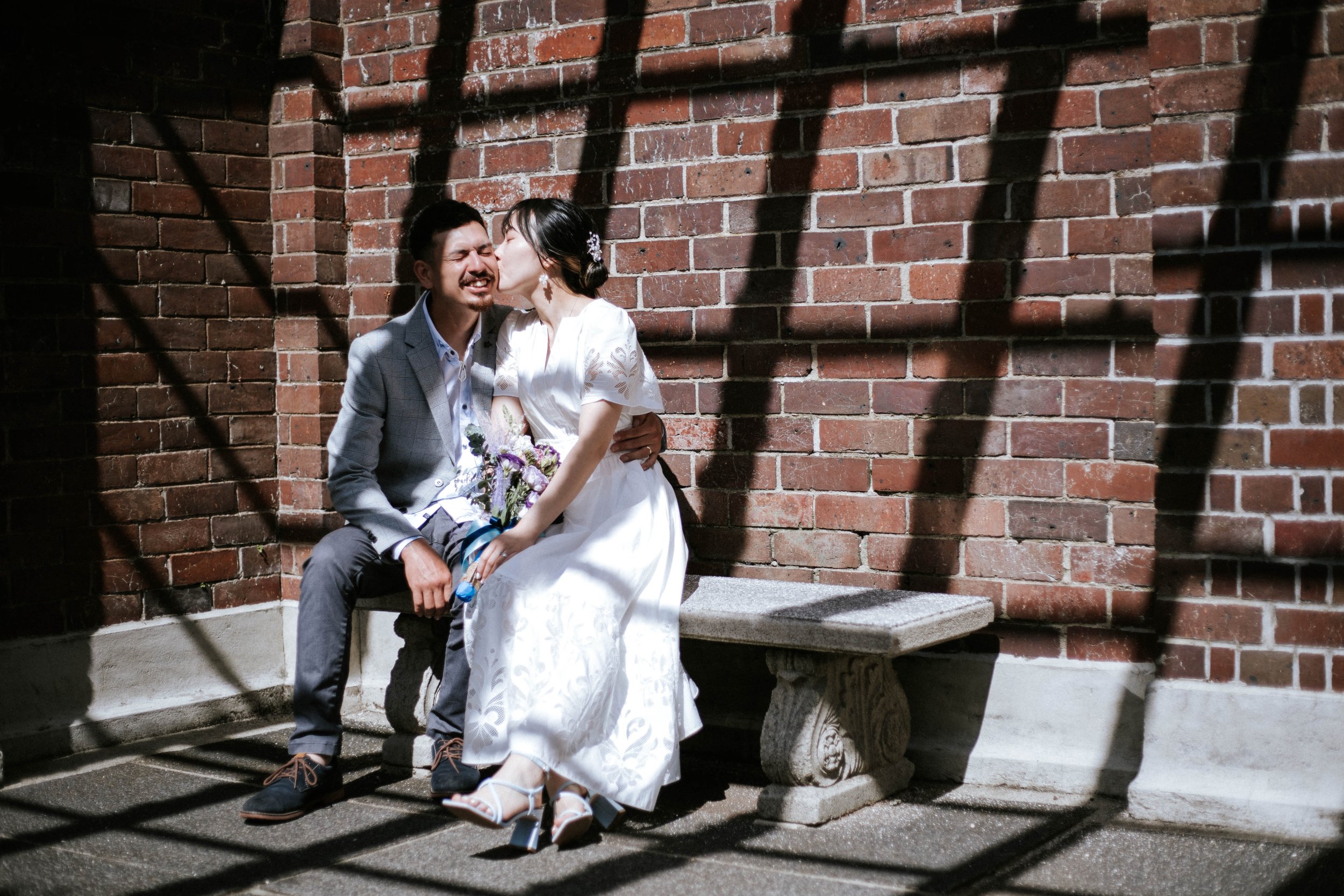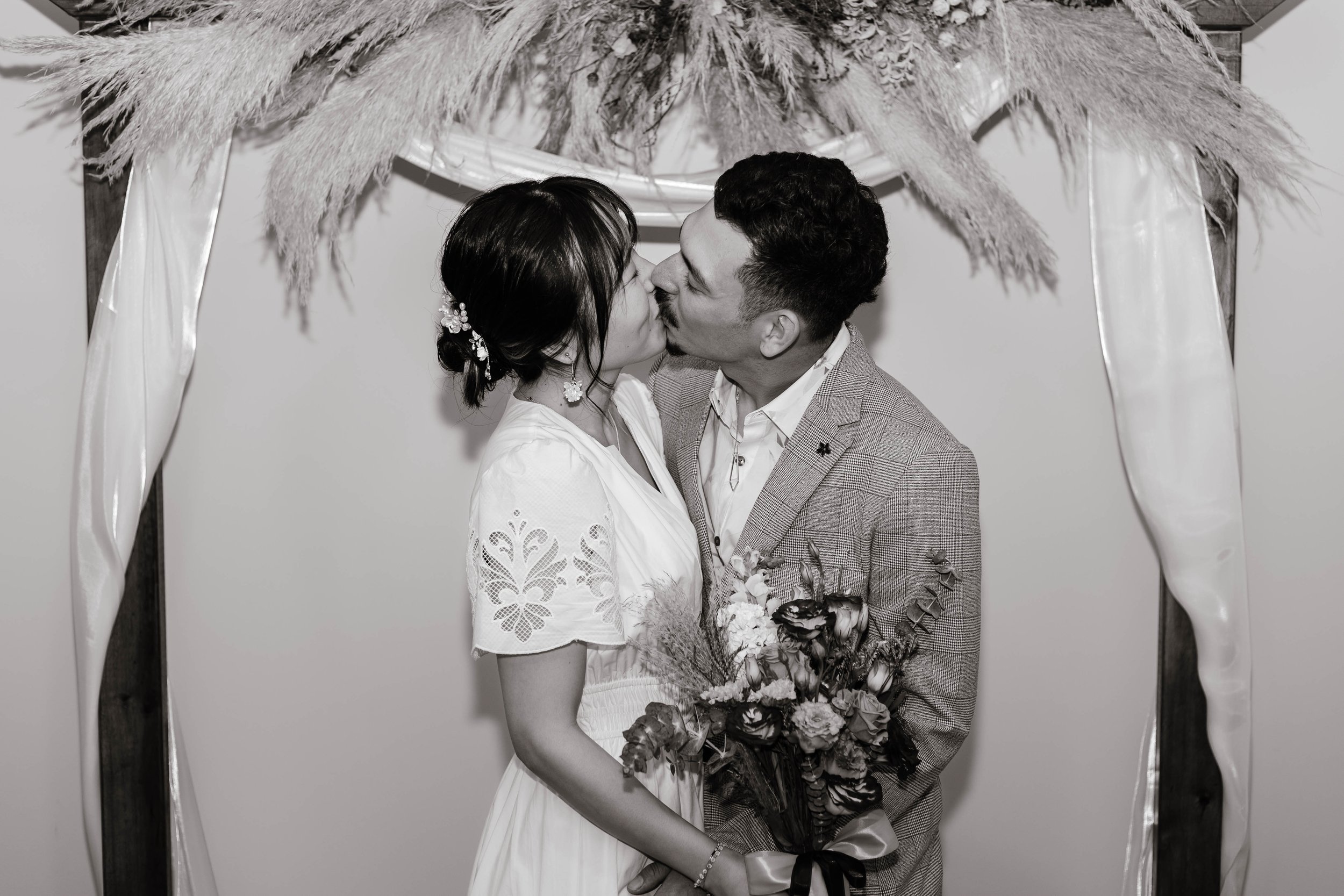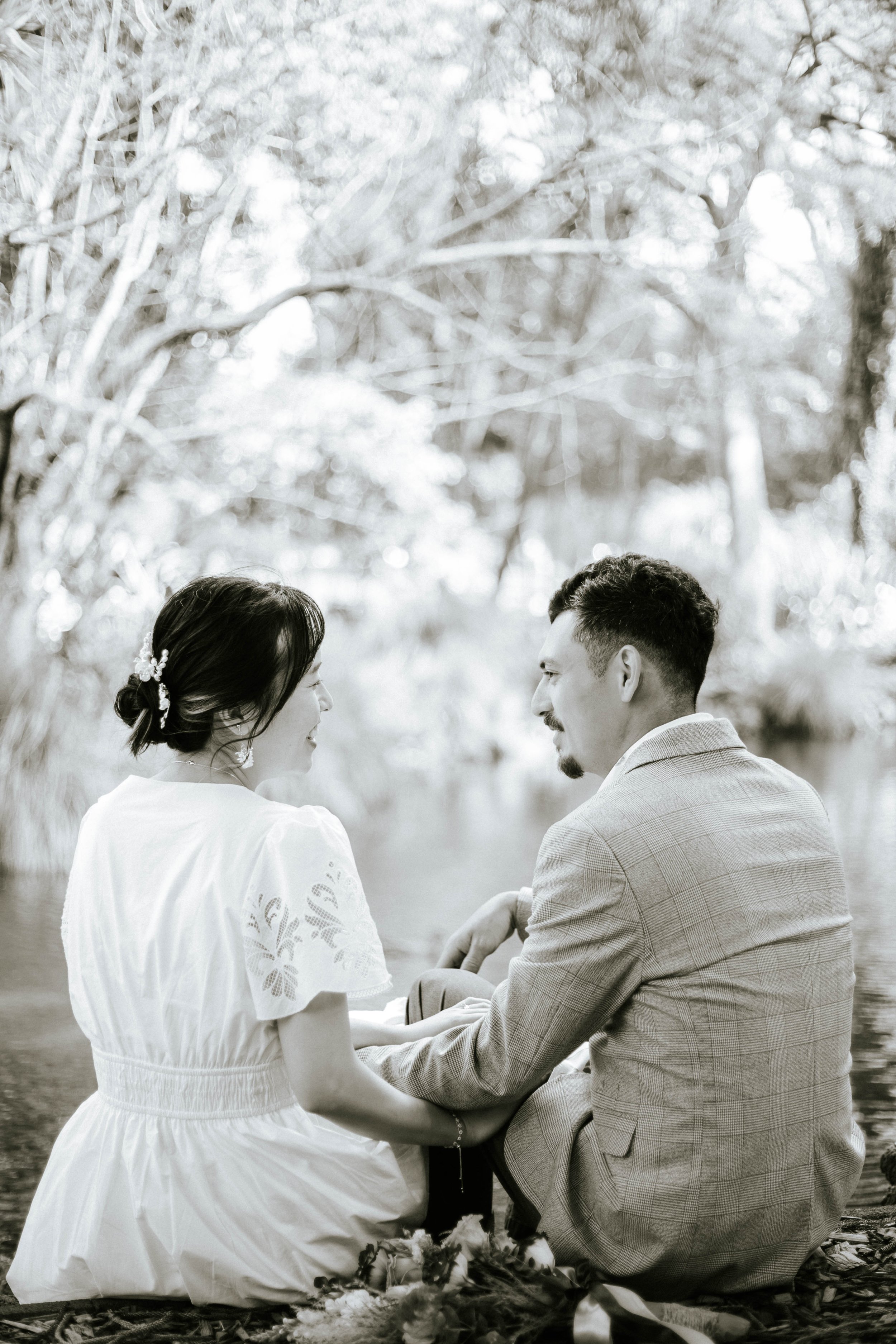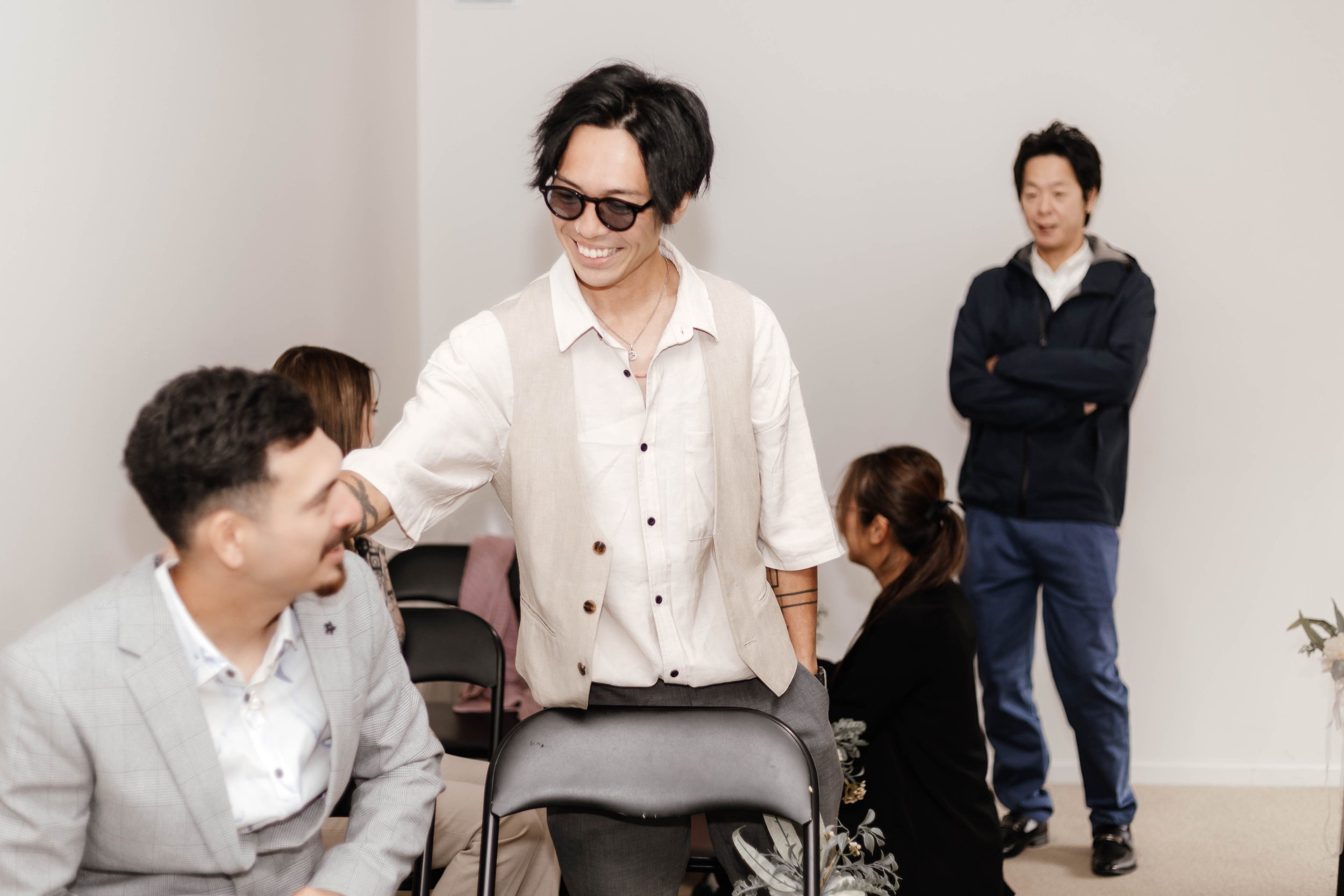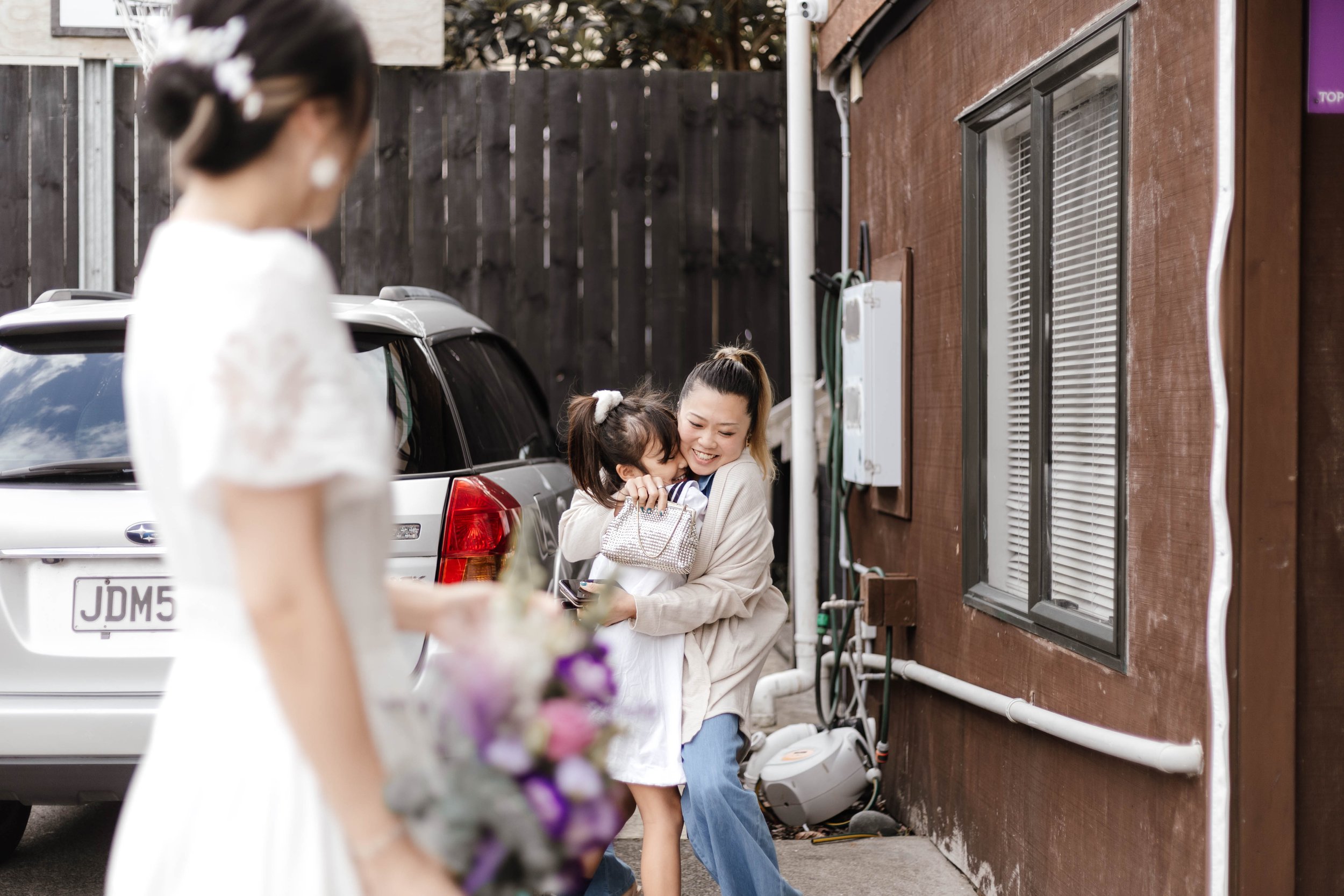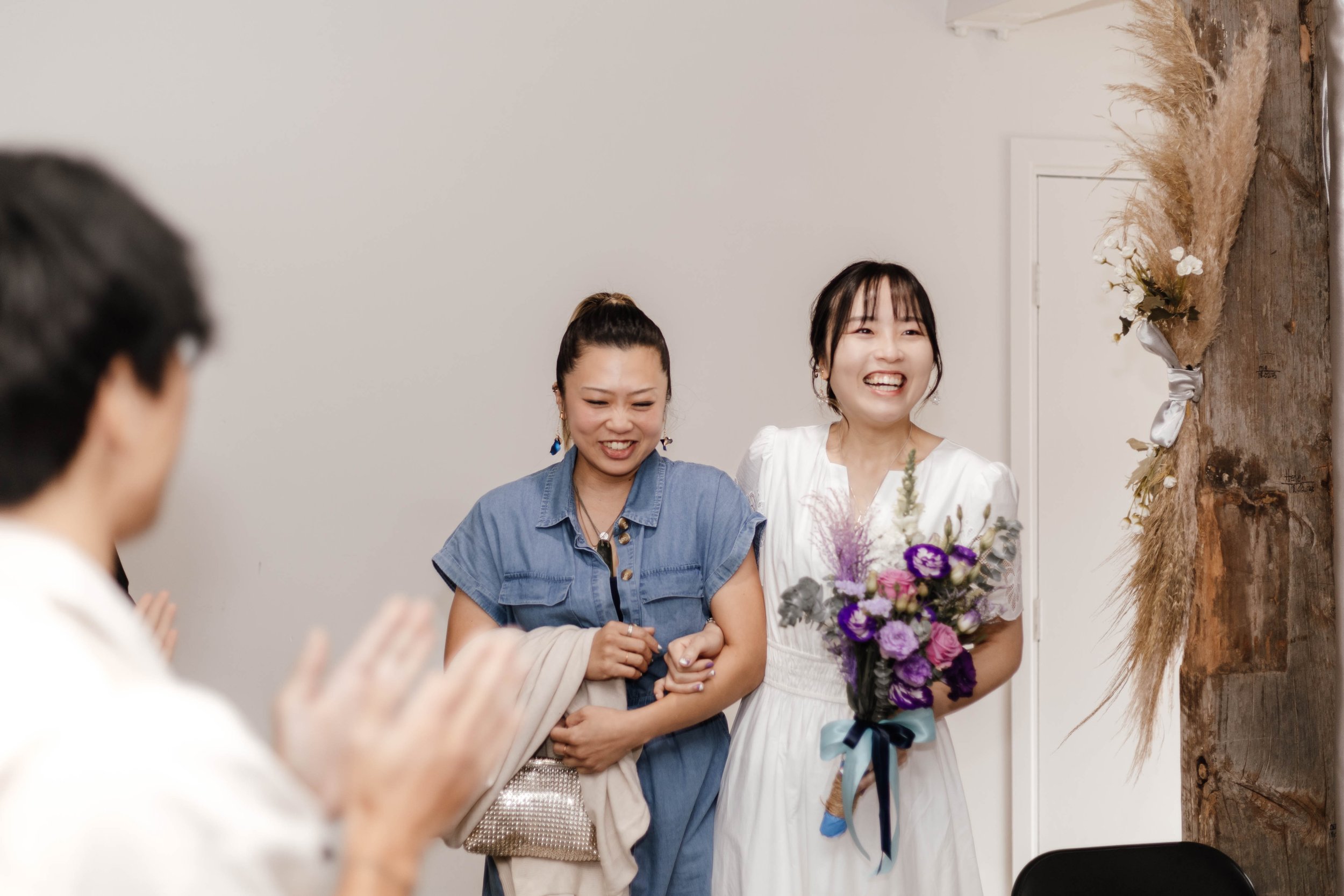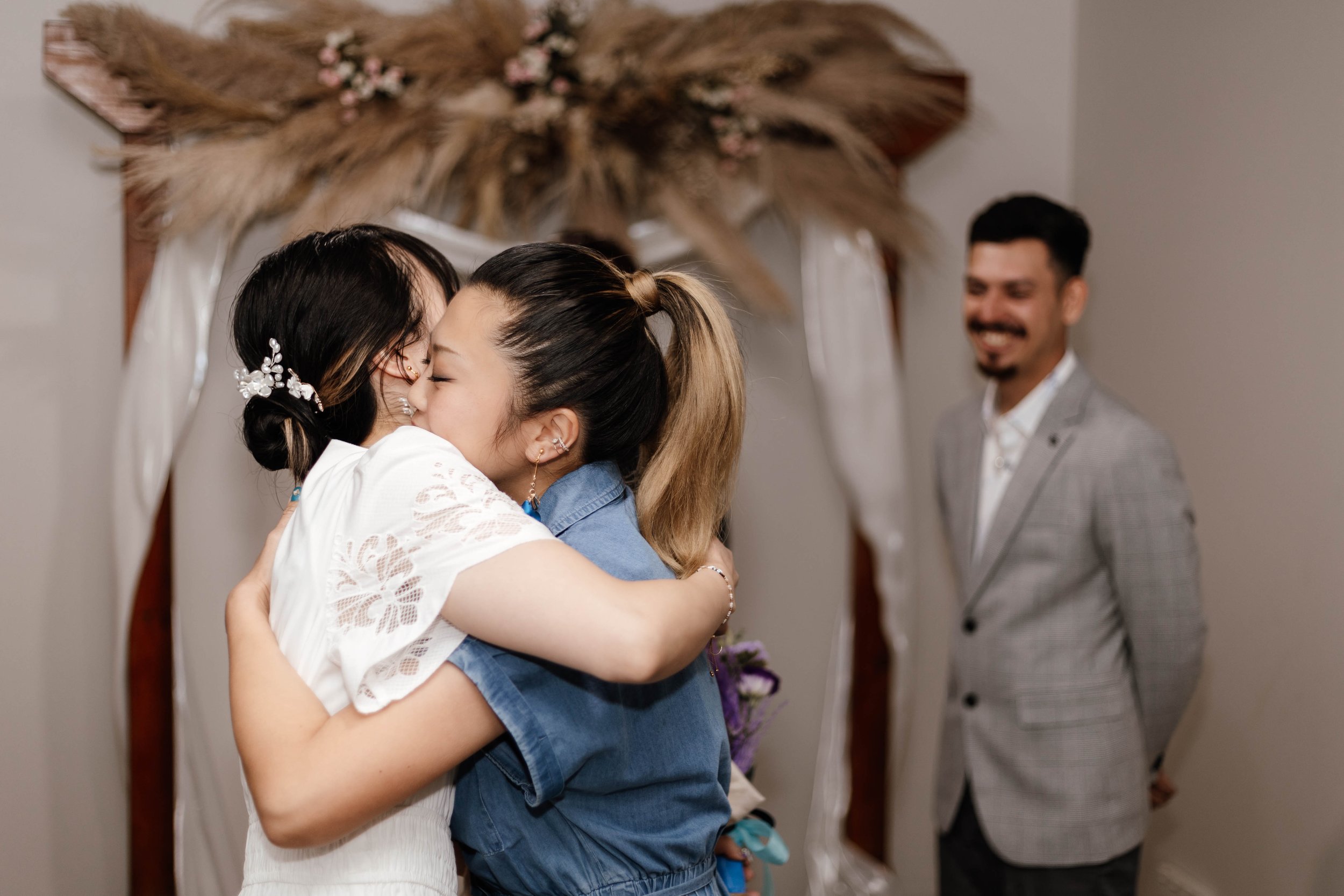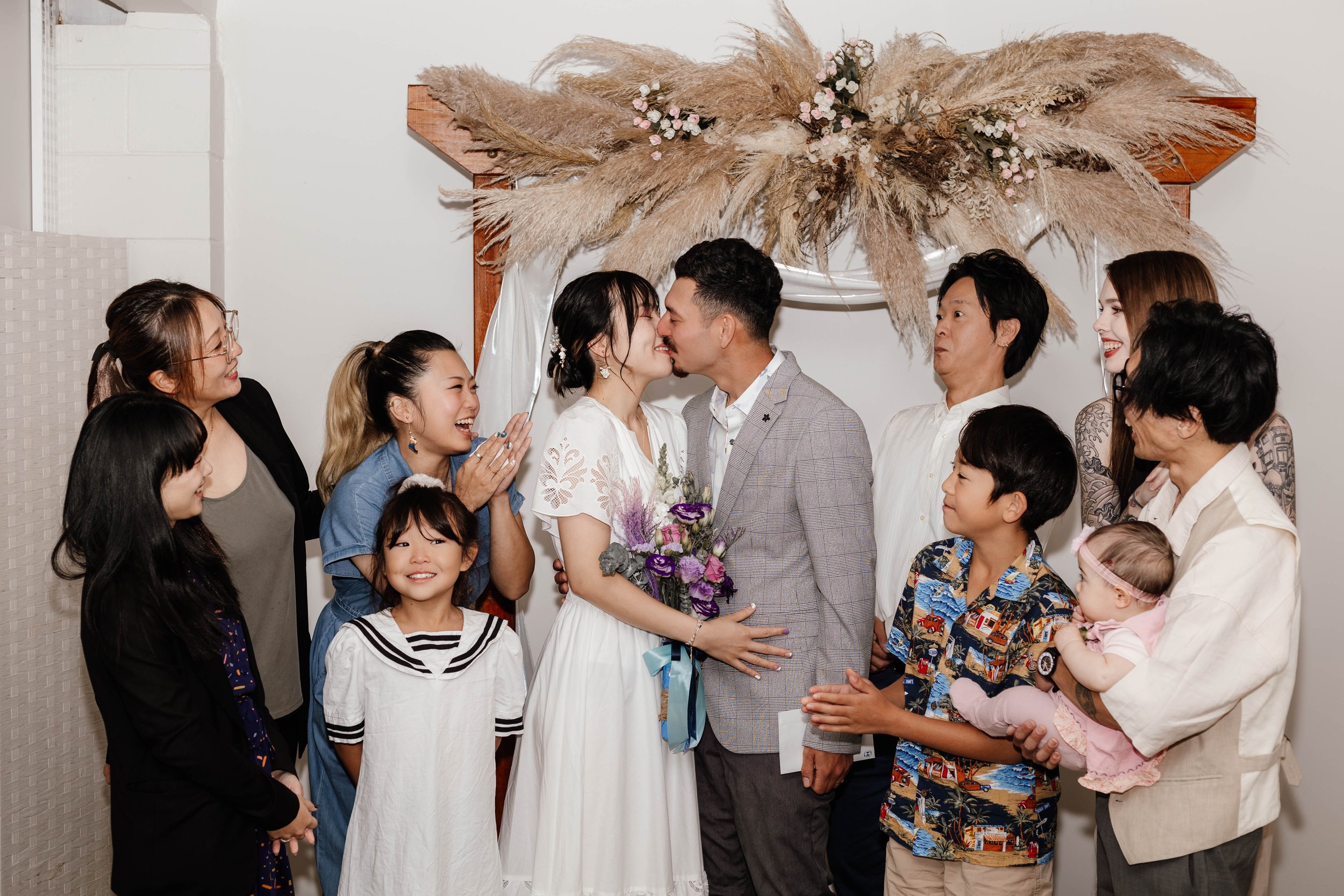Food in Photography: The Ultimate Guide to Capturing Delicious Moments
As a food photographer in Auckland, I've seen my fair share of mouth-watering dishes and stunning visuals. But, have you ever wondered how to take your food photography to the next level? In this article, we'll dive into the world of food photography, covering the basics, tips, and tricks to help you capture the perfect shot.
Food Photography for Social Media
Food photography for social media is all about creating visually appealing shots that grab the viewer's attention. Here are a few tips to help you get started:
Use a consistent aesthetic: Use a consistent aesthetic across all your social media platforms to create a recognizable brand.
Post high-quality images: Post high-quality images that are well-lit and in focus.
Use relevant hashtags: Use relevant hashtags to reach a wider audience.
Food Photography for Restaurants and Businesses
Food photography for restaurants and businesses is all about creating visually appealing shots that showcase their menu items. Here are a few tips to help you get started:
Work with the chef: Work with the chef to create a menu that showcases their dishes.
Use a consistent aesthetic: Use a consistent aesthetic across all your social media platforms to create a recognizable brand.
Post high-quality images: Post high-quality images that are well-lit and in focus.
Food Photography for Beginners
If you're new to food photography, don't worry! It's a skill that can be learned with practice and patience. Here are a few tips to get you started:
Start with simple shots: Start with simple shots, such as a single dish or a few ingredients.
Experiment with different lighting: Experiment with different lighting setups to find the one that works best for you.
Practice, practice, practice: The more you practice, the better you'll become.
Food in Photography: The Ultimate Guide to Capturing Delicious Moments
As a food photographer in Auckland, I've seen my fair share of mouth-watering dishes and stunning visuals. But, with the right techniques and equipment, you can capture the perfect shot and take your food photography to the next level.
Getting Started with Food Photography
If you're new to food photography, you might be wondering where to begin. First, let's talk about the basics. Food photography is all about telling a story through visuals. It's not just about taking a picture of a dish; it's about creating an atmosphere that makes the viewer want to taste it.
To start, you'll need a few essential pieces of equipment. A good camera, a tripod, and a lightbox are must-haves for any food photographer. But, what's the best camera for food photography? Well, that depends on your budget and personal preference. Some popular options include the Canon EOS 5D Mark IV and the Nikon D850.
Understanding the Importance of Lighting
Lighting is one of the most critical elements of food photography. It can make or break the mood and atmosphere of your shot. Natural light is always the best option, but it can be unpredictable. That's why it's essential to learn how to work with artificial light. Here are a few tips to get you started:
Use a lightbox: A lightbox is a must-have for any food photographer. It allows you to control the lighting and create a consistent look.
Experiment with different light sources: Don't be afraid to try out different light sources, such as softbox lights or LED lights.
Pay attention to the color temperature: The color temperature of your light source can greatly impact the mood of your shot. Warm light can create a cozy atmosphere, while cool light can make your dish look fresh and vibrant.
Food Styling 101
Food styling is an art form that requires patience, creativity, and attention to detail. It's not just about arranging food on a plate; it's about creating a visually appealing composition that tells a story. Here are a few tips to help you get started:
Keep it simple: Don't over-accessorize your dish. Keep the focus on the food and let it be the star of the show.
Play with textures: Mixing different textures, such as smooth and rough, can add depth and interest to your shot.
Use garnishes wisely: Garnishes can add a pop of color and freshness to your dish, but use them sparingly.
Composition and Storytelling
Composition is key to creating a visually appealing shot. It's not just about placing the food in the center of the frame; it's about creating a story that draws the viewer in. Here are a few tips to help you get started:
Use the rule of thirds: Divide your frame into thirds both horizontally and vertically. Place your subject along one of these lines for a more balanced composition.
Play with negative space: Negative space can add a sense of simplicity and elegance to your shot.
Tell a story: Use your composition to tell a story. For example, you could create a shot that shows the process of cooking a meal.
Capturing the Perfect Shot
So, how do you capture the perfect shot? It's all about practice, patience, and attention to detail. Here are a few tips to help you get started:
Experiment with different angles: Don't be afraid to try out different angles, such as overhead shots or close-ups.
Pay attention to the background: The background can greatly impact the mood and atmosphere of your shot. Make sure it's clean and clutter-free.
Use a tripod: A tripod can help you stabilize your camera and prevent camera shake.
Post-Processing and Editing
Post-processing and editing are crucial steps in the food photography process. They can help you enhance the colors, contrast, and overall look of your shot. Here are a few tips to get you started:
Use a photo editing software: Adobe Lightroom and Photoshop are popular options for food photographers.
Adjust the exposure: Adjusting the exposure can help you balance the light and dark areas of your shot.
Play with colors: Colors can greatly impact the mood and atmosphere of your shot. Experiment with different color palettes to find the one that works best for you.




